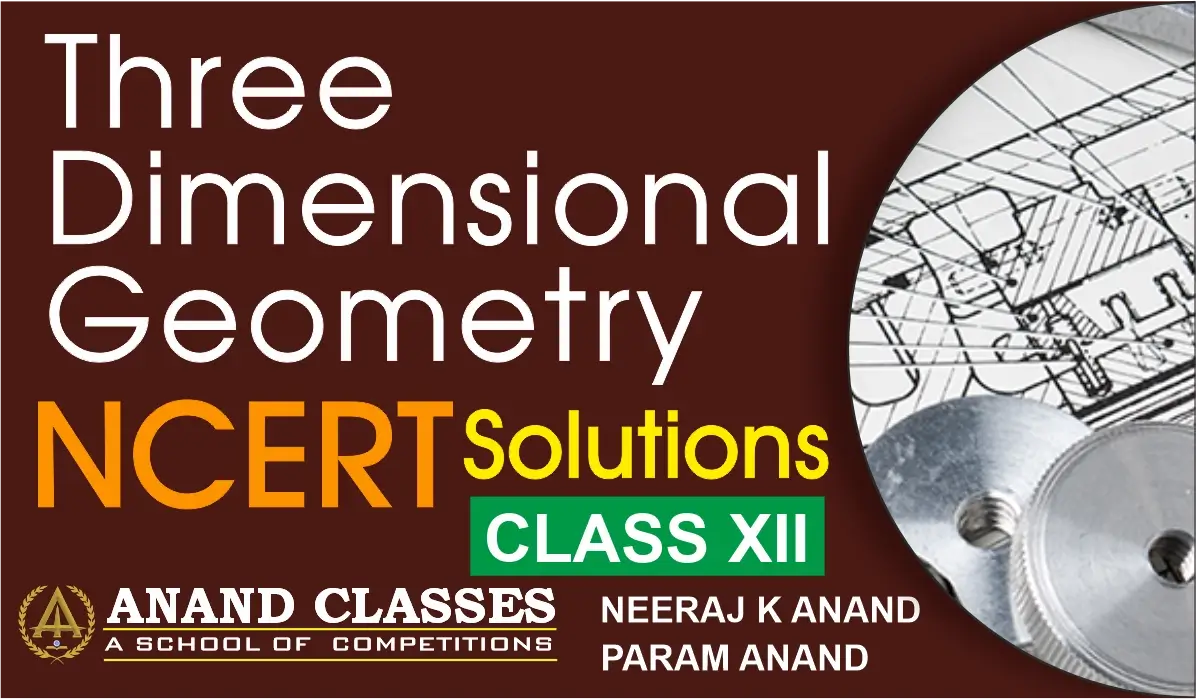Anand Classs Notes explain In Chemistry we can easily find the period, group, and block of an element in the periodic table by looking at its electronic configuration. This means, by knowing how the electrons are arranged in an atom, we can tell where the element is placed in the periodic table. It helps us understand the element’s properties and how it reacts with other elements.
Table of Contents
🌟 Prediction of Period, Group, and Block of a Given Element
Understanding the position of an element in the Periodic Table is crucial in chemistry. You can easily predict the period, group, and block of any element using its electronic configuration. Here’s a simple guide to help you master this concept.
🔹 1. Period of an Element
🧪 The period number of an element corresponds to the principal quantum number (n) of the valence shell.
📌 For example,
If the electronic configuration ends with 3s¹, then the element is in Period 3.
🔹 2. Block of an Element
🧪 The block of an element is determined by the type of orbital that receives the last electron.
📋 Here’s how:
- If the last electron enters an s-orbital, it’s an s-block element.
- If it enters a p-orbital, it’s a p-block element.
- If it enters a d-orbital, it’s a d-block element.
- If it enters an f-orbital, it’s an f-block element.
🔹 3. Group of an Element
🧪 The group number depends on the number of electrons in the valence shell and sometimes the penultimate shell (i.e., the shell just before the outermost one, n – 1).
🔸 (a) s-block elements
- Group number = Number of valence electrons
📌 Example:
Na (1s² 2s² 2p⁶ 3s¹) → 1 valence electron → Group 1
🔸 (b) p-block elements
- Group number = 10 + Number of valence electrons
📌 Example:
O (1s² 2s² 2p⁴) → 6 valence electrons → 10 + 6 = Group 16
🔸 (c) d-block elements (Transition elements)
- Group number =
Number of electrons in (n−1) d-subshell
+ Number of electrons in the valence (nth) shell
📌 Example:
Fe (1s² 2s² 2p⁶ 3s² 3p⁶ 3d⁶ 4s²)
→ (n−1)d = 3d⁶ (6 electrons), valence = 4s² (2 electrons)
→ Group = 6 + 2 = Group 8
Here’s a set of SEO-optimized FAQs for your WordPress post on Prediction of Period, Group, and Block of a Given Element, perfect for use with Rank Math FAQ Schema block:
✅ FAQs :
❓ Q1. How can we find the period of an element from its electronic configuration?
Ans: The period number of an element is the same as the principal quantum number (n) of its valence shell—that is, the outermost shell containing electrons.
❓ Q2. How is the block of an element determined?
Ans: The block depends on the type of orbital that gets the last electron:
- s-orbital → s-block
- p-orbital → p-block
- d-orbital → d-block
- f-orbital → f-block
❓ Q3. What is the rule for predicting the group number of s-block elements?
Ans: For s-block elements, the group number is equal to the number of valence electrons.
❓ Q4. How do you find the group number of p-block elements?
Ans: For p-block elements, the group number = 10 + number of valence electrons.
❓ Q5. How is the group number of d-block elements calculated?
Ans: For d-block (transition) elements,
Group number = electrons in (n−1)d subshell + electrons in nth shell (valence shell).
❓ Q6. Why is it important to know the position of an element in the periodic table?
Ans: The position tells us about the element’s chemical properties, reactivity, and how it will bond with other elements.
💡 Quick Summary Table
| Block | How to Find Group Number |
|---|---|
| s-block | = Valence electrons |
| p-block | = 10 + Valence electrons |
| d-block | = (n−1)d electrons + Valence electrons |
🧠 Do You Know?
- Hydrogen is placed in Group 1 but behaves uniquely.
- The lanthanides and actinides belong to the f-block, and their group position is not well-defined.
✅ Conclusion:
By analyzing the electronic configuration, you can predict the period, block, and group of any element with ease. This skill is especially useful for students preparing for JEE, NEET, or CBSE Board Exams.
📝 For more such helpful content and complete study material, visit Anand Classes – your trusted partner for JEE, NEET, and Board exam preparation.
📚 Buy Study Material & Join Our Coaching
For premium study materials specially designed for JEE, NEET, NDA, and CBSE/ICSE Classes, visit our official study material portal:
👉 https://anandclasses.net.in/
To enroll in our offline or online coaching programs, visit our coaching center website:
👉 https://anandclasses.co.in/
📞 Call us directly at: +91-94631-38669
💬 WhatsApp Us Instantly
Need quick assistance or want to inquire about classes and materials?
📲 Click below to chat instantly on WhatsApp:
👉 Chat on WhatsApp
🎥 Watch Video Lectures
Get access to high-quality video lessons, concept explainers, and revision tips by subscribing to our official YouTube channel:
👉 Neeraj Anand Classes – YouTube Channel



